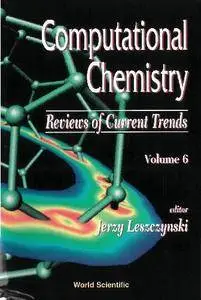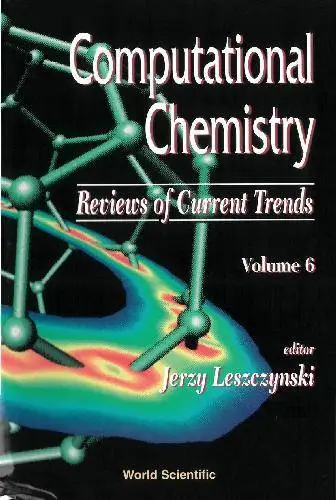Jerzy Leszczynski, "Computational Chemistry: Reviews of Current Trends"
English | 2001 | ISBN: 9810246609 | PDF | pages: 277 | 11.5 mb
English | 2001 | ISBN: 9810246609 | PDF | pages: 277 | 11.5 mb
There are strong indications that, in the 21st century, computational chemistry will be a prime research tool not only for the basic sciences but also for the life and materials sciences. Recent developments in nanotechnology allow us to detect a layer of single atoms. Researchers are able not only to image but also to manipulate molecules and atoms. It does not take much imagination to realize that before performing such a task on a real system it is much easier and faster to study models on computers. That is the aim of this volume — it provides up-to-date reviews which cover representative areas of computational chemistry.In Chapter 1, Y Ishikawa and M J Vilkas provide a review of multireference Moller-Plesset (MR-MP) perturbation theory. Fifteen years ago Roberto Car of Princeton University and Michele Parrinello of Max Planck Institute introduced a method that revolutionized electronic structure calculations for molecules, liquids and solids. Ursula Rothlisberger, a former member of Parrinello's group, reviews the formation of the method in its most common implementations in Chapter 2. In the third chapter, Isaac B Bersuker describes the general theory of the combined quantum mechanics-molecular mechanics (QM/MM) approach. In Chapter 4, Marcel Allavena and David White present a review of applications of computational chemistry to proton transfer, the primary process for acid-base chemistry on zeolites. Chapter 5 is a review by S Roszak and J Leszczynski of recent data on the clusters formed from the charged ion and weakly interacting ligands. The last chapter, contributed by Carlos R Handy, is devoted to recent developments in the incorporation of continuous wavelet transform analysis into quantum operator theory.



